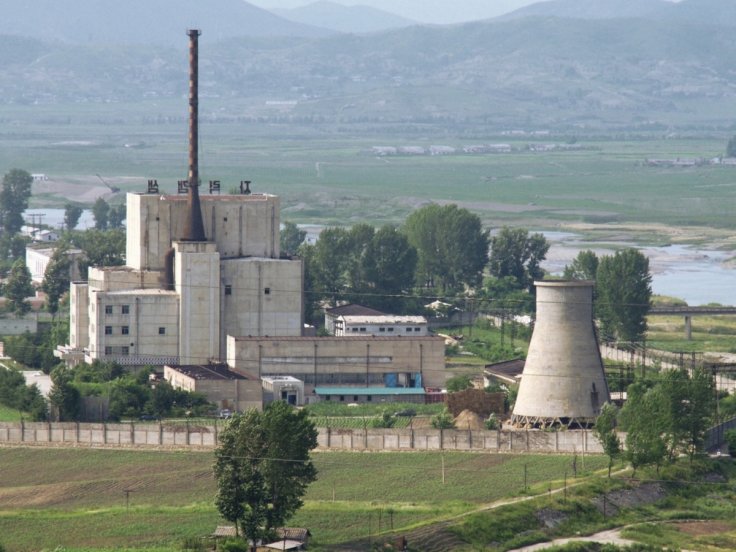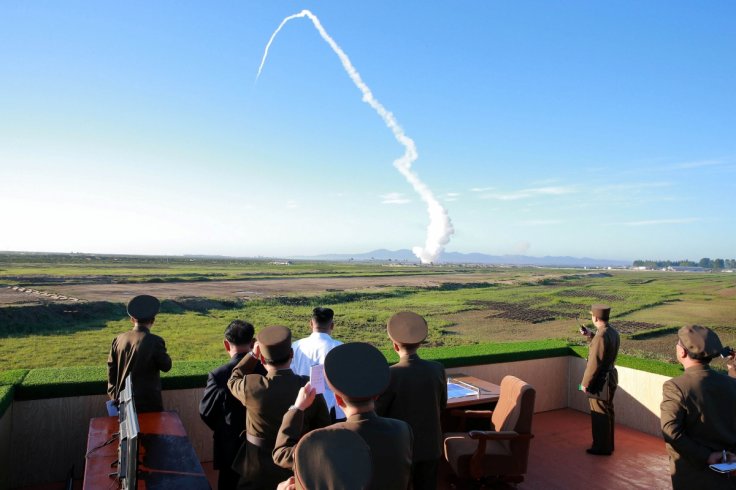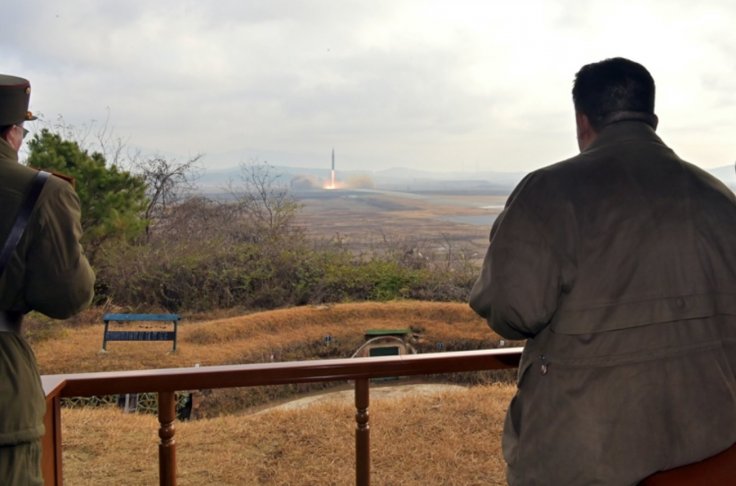Thousands of people in North Korea, South Korea, Japan and China are at risk of getting exposed to radioactive following Pyongyang's nuclear weapons tests, according to a human rights group.
The risk to humans stems from the secret nuclear weapons tests North Korea conducted between 2006 and 2017, the report by the Transitional Justice Working Group says. North Korea conducted the nuclear tests at the Punggye-ri site in the mountainous North Hamgyong Province.

Contaminated Ground Water
According to the Seoul-based rights group, radioactive materials have contaminated ground water near the site of the nuclear test. People living in eight cities and counties near the site are affected by contamination. The study says that some 1 million people live in the region that is immediately affected by the contamination.
The risk for people in the neighboring countries like South Korea, China and Japan arise out of the fact that agricultural and fisheries products from the contaminated region are smuggled to these places.
"This report is significant in showing that North Korea's nuclear tests could threaten the right to life and health of not only the North Korean people, but also of those in South Korea and other neighbouring countries," Hubert Young-hwan Lee, the rifghts group's chief, told Reuters.
Huge Environmental Damage
Contamination of surface soil and groundwater is one of the major fallouts of any kind of nuclear testing. In the initial phase of nuclear tests, the US and Russia conducted blasts in seas and at remote uninhabited islands besides conducting atmospheric tests. Later on countries preferred underground nuclear tests.
All these have a lasting impact on the environment and the ecosystem. The true extent of the damage is actually not known. While ground testing, which North Korea continues to carry out, is the most detrimental to water sources, even underground tests are catastrophic as they deposit huge quantities of radioactive material in Earth.

As per studies conducted at the US nuclear testing site near Las Vegas, nuclear contaminants easily leak into the surrounding water bodies. Radioactive materials like strontium and caesium are highly dangerous as they easily spread in water.

"With a half-life of 30 years, these two radionuclides can cause health issues in the food chain for decades. A common shrub in New Mexico, chamisa, has roots that extend deep into the ground, bringing strontium back up to the surface near the Los Alamos testing site in New Mexico, from where it can be widely distributed as the leaves fall, decay, and contaminate the soil understory," DW explains, citing the study.









